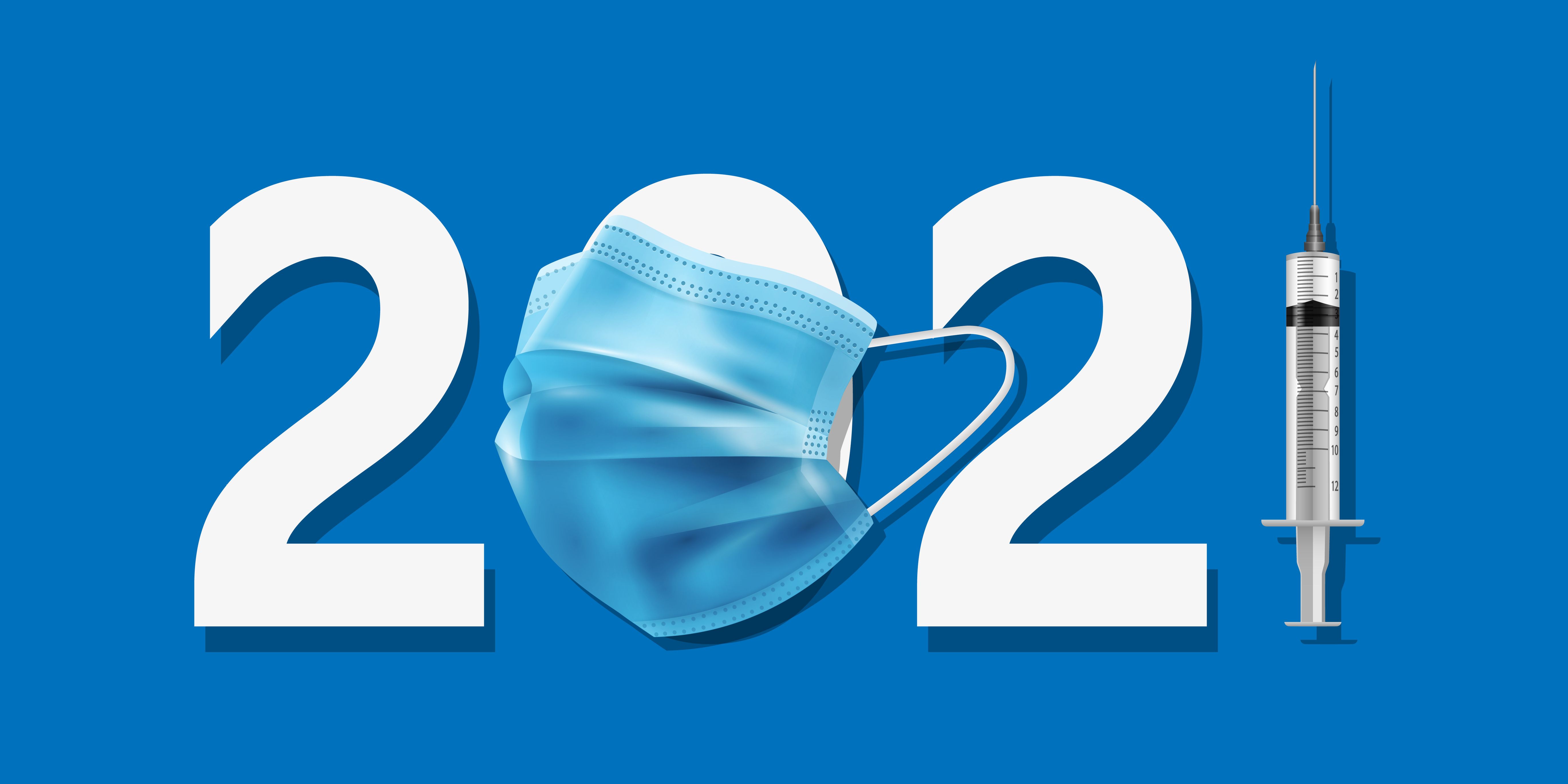Article
Can we stop wasting the COVID-19 vaccine?
Author(s):
We must get our act together and carry out a nationwide vaccination campaign efficiently and smartly

As I write today, COVID-19 has killed more than 380,000 people in the United States. The country is averaging close to 200,000 cases per day and has a record number of patients hospitalized at this time. This trend shows no signs of abating. Unfortunately this only means that the numbers of hospitalized patients and the number of patients dying in the coming days and weeks, will continue to trend up.
Amidst this depressing scenario, there is some ray of hope in the form of COVID-19 vaccines that we have all been waiting desperately for months now. Many of us on the frontlines have actually got the vaccine and some of us have already received our 2nd doses as well.
While that is great, we are not doing so good when it comes to the vaccine rollout to the general public. Inefficiency, limited cold storage capacity, stringent prioritization guidelines and lack of innovative approach throughout the system that is supposed to roll out the vaccine smoothly, is leading to a few million doses of vaccines that are lying on the shelves to expire. There have been media reports recently that in some counties of Florida, seniors are sitting outside in line overnight to get the vaccine that is only available in limited doses. Combine that with rampant conspiracy theories on social media and the internet against the vaccine and its purported side effects and the media negatively highlighting stories of allergic reactions suffered by a handful of people (who eventually recover in a few days) with scaring headlines, only aid to the general public becoming even more skeptical about receiving the vaccine. In short, it is a disaster.
What we really need is more vaccine doses to reach out to more people more quickly. The goal of the vaccine is to prevent more new infections, prevent hospitalizations and deaths, eventually attain herd immunity and control the pandemic. Eventually we may get there but the way things are going, it will take a very long time with some reports suggesting that it will take 10 years. While these estimates are outrageously exaggerated, it will still take a long time at the current pace.
Many states have set prioritization guidelines to give vaccines in various phases to people. Now, it makes perfect sense to give vaccines to frontline healthcare workers, essential workers, long term care facility residents and people above 65 years of age who are at the highest risk. However, across the nation we are seeing many prioritized groups opting out due to various reasons from taking the vaccine including healthcare professionals, front-line workers and elderly. Due to the phasing guidelines being very strict with hefty fines, when these people opt out from taking the vaccine, the doses just sit on shelves and are left to expire.
So what do we do?
It is going to be impossible to convince those who don’t believe in vaccines at all but also very difficult to convince the fence sitters who are skeptical about taking it, despite being in the prioritized group. If our goal is to mass vaccinate people to attain herd immunity and control the pandemic, then we need to allow those people to get the vaccine, who are already convinced about the efficacy of the vaccine but are not eligible to get it due to not being included in prioritized groups.. Allowing it to happen on a first come, first served basis will lead us towards more American people becoming vaccinated quickly and will also lessen the burden of convincing the skeptical who will be able to reevaluate their decision, while we keep moving on towards achieving the goal of herd immunity.
Both Canada and the U.K. have adopted the approach of rolling out as many first doses as possible while they wait for the companies to supply second doses. Estimates show that this approach can reduce the number of new infections by 34-42%. In the US, we continue to hold back half of the vaccine doses, worrying that perhaps we may not be able to get second doses in time from the vaccine manufacturers. This approach needs a serious rethink.
Also, the vaccines that are shipped already and those that are shipping soon, are usually cleared for 30 days of storage and most states don’t have infrastructure to store vaccines at ultra-cold temperatures to extend their shelf life. This only means that if these vaccine doses are not utilized due to strict phasing guidelines, then it will expire and will be thrown away.
We are in the middle of the deadly pandemic and have fortunately received the vaccines a few months earlier than anticipated. We can’t afford to waste these precious doses. While state governments across the country need to make sure that frontline and essential workers and elderly patients are prioritized for receiving the vaccine, they also need to ensure to avoid expirations of additional vaccine doses and consider alternatives of rolling out more first doses and vaccinating those who want to get vaccinated.
Our overall response to COVID-19 pandemic as a nation has been disastrous, to say the least. Not only have we been caught unprepared but the pandemic has completely exposed the already broken system. The least we can do is to now get our act together and carry out our nationwide vaccination campaign efficiently and smartly without wasting vaccine doses and prevent this pandemic from becoming even a bigger disaster.
So I ask again - can we stop wasting COVID-19 vaccine?
Parth Mehta, MD, MPH, FHM, SFHM, FAPCR is a Hospitalist and Chief Medical Informatics Officer at UnityPoint Health in Peoria, IL. He also serves as an Elected Member of the Governing Council for International Medical Graduates Section at American Medical Association and is passionate about working on issues of healthcare policy and public health.





